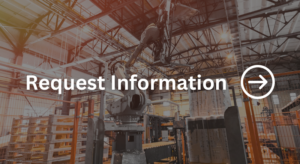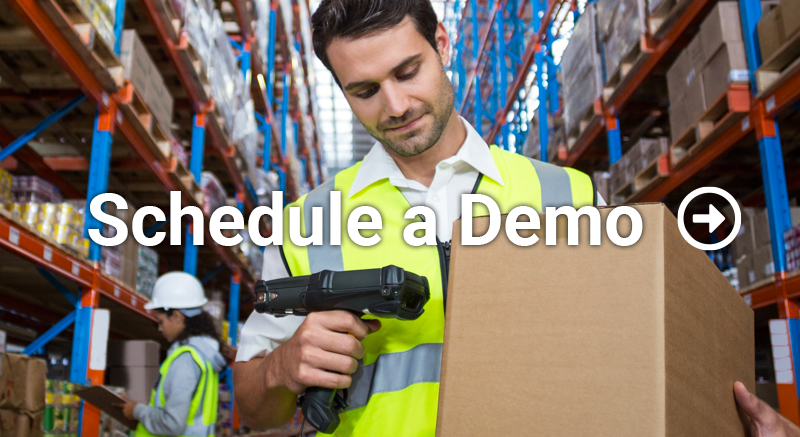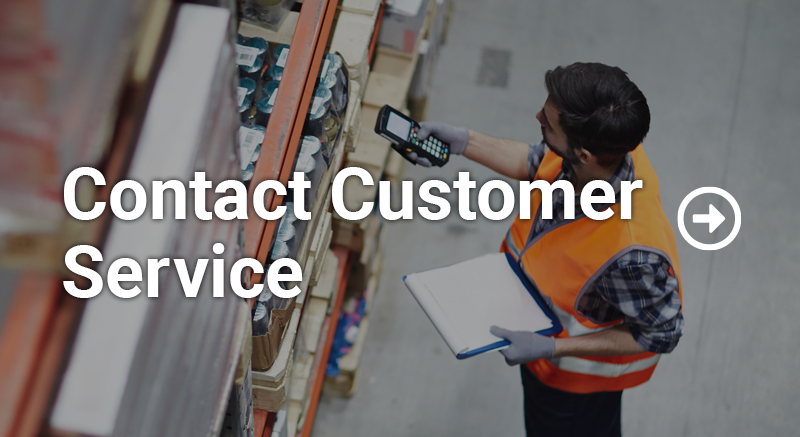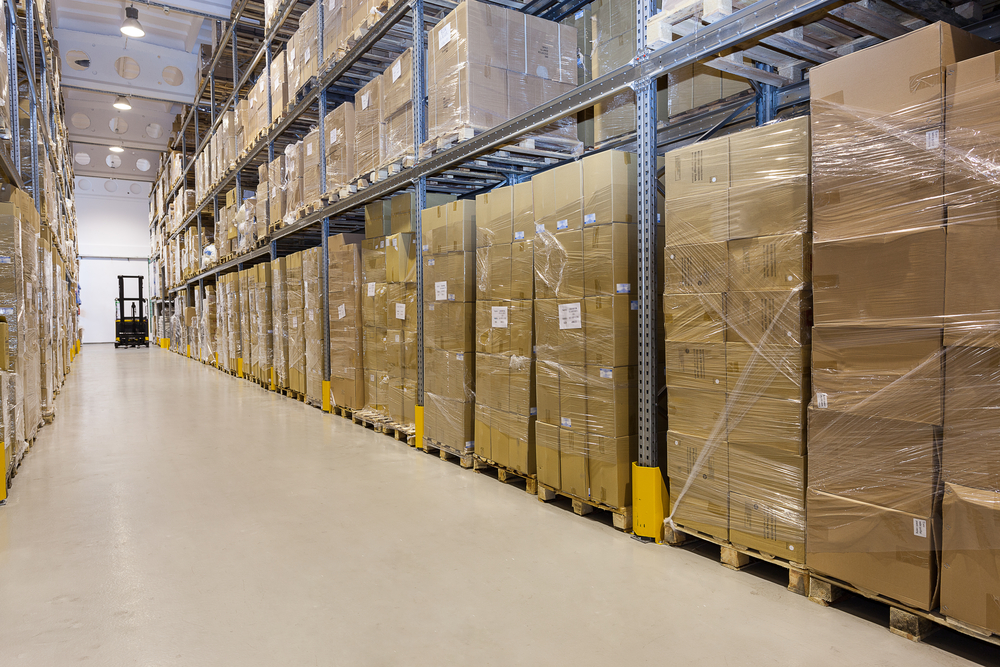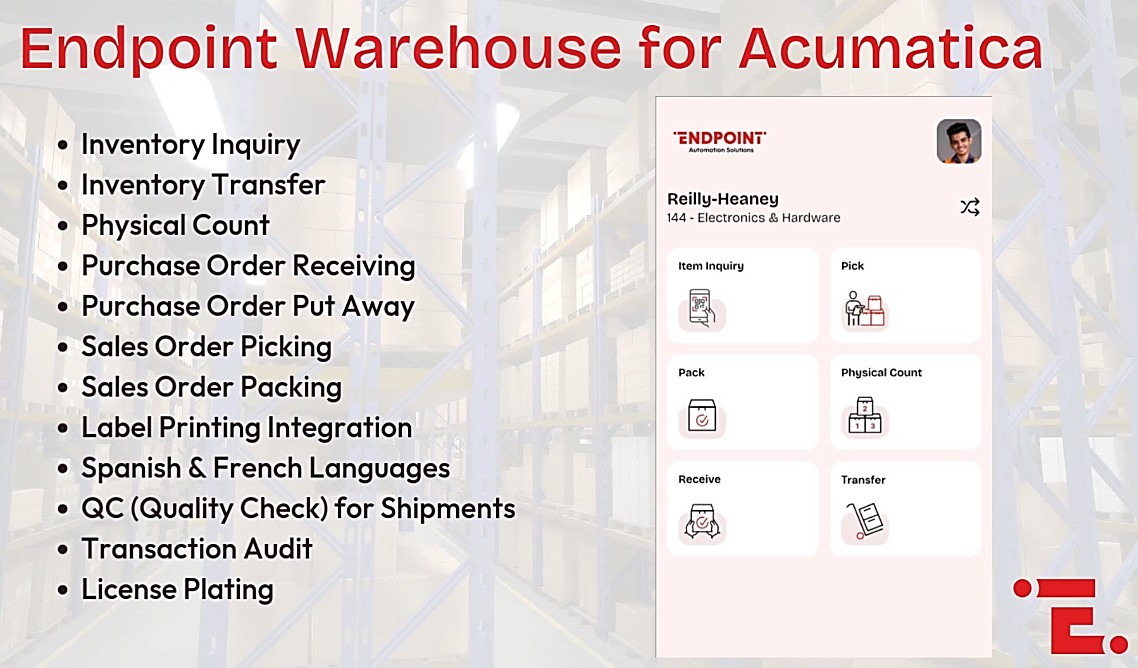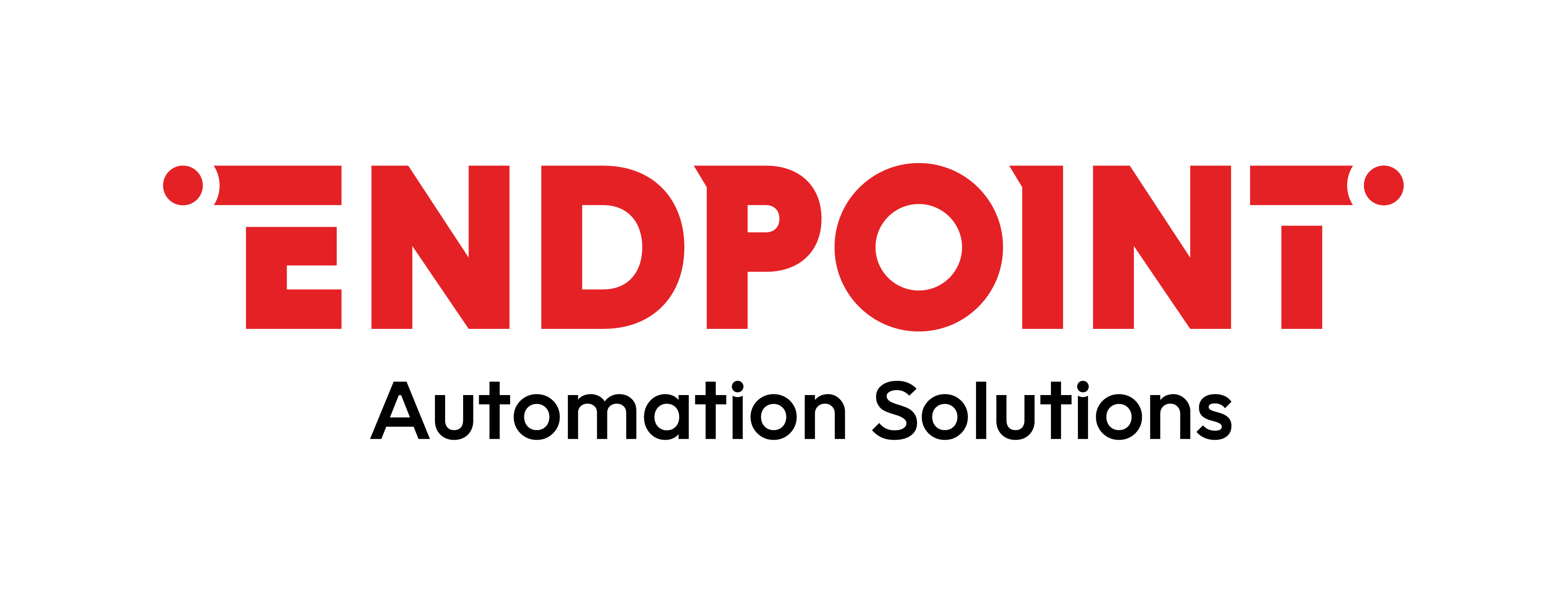March 5th 2025 10:26:27 AM
Barcode Basics: What You Need to Know Now
January 5th 2021 16:00:00 PM
If you are shipping products from your manufacturing or distribution warehouse, you are already familiar with barcodes, but how much do you really understand about them? They are the kind of everyday thing that works in the background of your business, aren’t they? Everything runs well until the day comes that you have to make decisions about upgrading your barcode scanning hardware or printers. At that point, you may find yourself at a loss knowing where to turn.
Put your mind at rest. We will walk you through the barcoding basics and explain what barcoding is, how it benefits your business, and how to choose a barcode scanner.
Are you looking for immediate advice about your barcoding hardware and printing options? No problem! Contact us online or call (330) 645-9959 to arrange a consultation with a Scanco Solutions Expert.
What is Barcoding?
Barcoding is an identification process used by many industries to identify, track, and manage products. They are commonly used on such varied items as shipping labels, foodstuffs, library books, pharmaceuticals, and construction materials.
Barcodes are also used in manufacturing, production, and distribution. They are used to track assets and equipment in a warehouse, as well as managing raw materials held in inventory. Barcodes bring accuracy and efficiency to modern products and services.
Why are Barcodes Used in Business?
If you had to design a method for tracking products and materials, the barcode is a logical choice. Here are some reasons why they are used by so many types of businesses worldwide:
- Barcodes provide readings quickly.
One of your team members can use a barcode reader to capture a barcode label of 12 characters in about the same time it takes someone to type two characters on a keyboard.
- Barcodes are incredibly accurate.
Even the most experienced, accurate keyboard operator is not 100% accurate in their work. For every 1,000 characters typed, there is an average of 10 keyboarding errors. With a barcode reader, there is approximately one error in every 36 trillion characters.
- They are versatile.
A barcode can be printed onto almost any material, which makes them an excellent choice for tracking inventory.
- Barcode systems are cost-effective.
Barcode systems save time and prevent errors, which creates value for your business. Barcode labels are inexpensive and can be read by several types of barcode readers. They can be created and printed on demand when you need shipping labels.
- The system is very user friendly.
Your team will be able to learn how to operate barcode scanners in as little as 15 minutes. You won’t be faced with lengthy training sessions or a lot of downtime when you are ready to implement the system.
How Barcodes Improve your Operations
How can barcode data collection benefit your warehouse or distribution center? The following are a few examples:
- Simplifies Shipping and Receiving
You may receive shipments from your suppliers that include barcodes or you may need to print and apply your own labels for these items when they arrive at your facility. The shipping labels contain the following information:
- The type of item
- Purchase Order number
- The name of the supplier
- The lot number
- The date the item was delivered
This information is used to create a receiving/purchasing record for the item. With it, the item’s history can be easily traced. If the item is shipped out to a customer, a new barcode label will need to be generated.
Barcode label software can connect to your Sage ERP database to create labels quickly and as often as needed. Once a shipment has left the warehouse, the barcode labels make tracking packages easy.
- Monitors Fixed and Circulating Company Assets
Barcodes were originally used to keep track of fixed assets. Barcode labels were attached to large pieces of equipment, machinery, computers, office furniture, and fixtures. They were used to maintain records of the assets the business owned, determining when to perform regular maintenance, and for calculating depreciation.
- Streamlines Inventory Management
Barcodes are an invaluable part of inventory management. They keep track of raw materials, parts, supplies, and products your business buys, stocks for resale, and consumes. When you and your team know exactly what you have in stock at any time, you can avoid overstocks and not run out of in-demand items at crucial times. This data helps to even out your cash flow in purchasing and boosts your sales revenue.
Choose the Right Barcode Scanner for Your Business
If you are interested in buying barcode scanners for your company, there are a few things you need to consider before you make a final decision. The more carefully you do your “homework” first, the more likely you will be pleased with the model you decide to purchase.
- What is the Barcode Scanner’s IP Rating?
The IP (Internal Protection) rating indicates how well a barcode scanner can be expected to hold up against dust, solid objects, and water in its casing. Barcode scanners may also be rated for vibration protection and whether they will still perform after being dropped onto a concrete or a steel surface.
- Will the Scanner be Used in Extreme Temperatures?
If your team will be using barcode scanners in cold storage units or other environments where the equipment is expected to operate in extreme temperatures, low temperatures can be particularly taxing on your scanning equipment. When non-optimized equipment is used in cold conditions over a long time, exposure to the cold temperatures can cause housings and screens to become splintery. Condensation inside the units can lead to corrosion. As a result, the internal components may short-circuit and fail to operate.
- Is Portability an Important Feature?
When you picture your team taking the barcode scanner directly to the items being scanned, your best bet is to choose a scanner that is lightweight, easy to carry, and portable. A cordless scanner operates on a battery and includes a base for charging the scanner and transmitting data. This type of scanner also gives you the convenience of WiFi communication.
If you would like to use a scanner attached to your computer system, check your computer’s ports. You will need to check for an available USB, PS2, or serial port to attach the scanner. If no compatible port is available, an adapter may be used to connect your computer to a port. If you are using a barcode reader that is attached to a computer, it does not need recharging.
- Is the Barcode Scanner Compatible With the Software and the Barcodes You are Using?
Before you decide a barcode scanner for your business, you’ll want to ensure that it is compatible with your warehouse management software.
You’ll also want to make sure the scanner works with the type of barcodes you use. Most businesses use either 1D (one-dimensional) or 2D (two-dimensional) barcodes. The linear barcodes which are made up of straight lines only are examples of 1D barcodes. A 2D barcode is shaped like a square or a rectangle and contains small, individual dots.
Scanco’s Barcode Solutions Let You Scan Away Concerns About Automation
For more information, click here to see to Scanco’s recorded webinar on this topic.
We are also ready to help you personally. Contact us online or call (330) 645-9959 to set up a consultation with a Scanco Solutions Expert.
